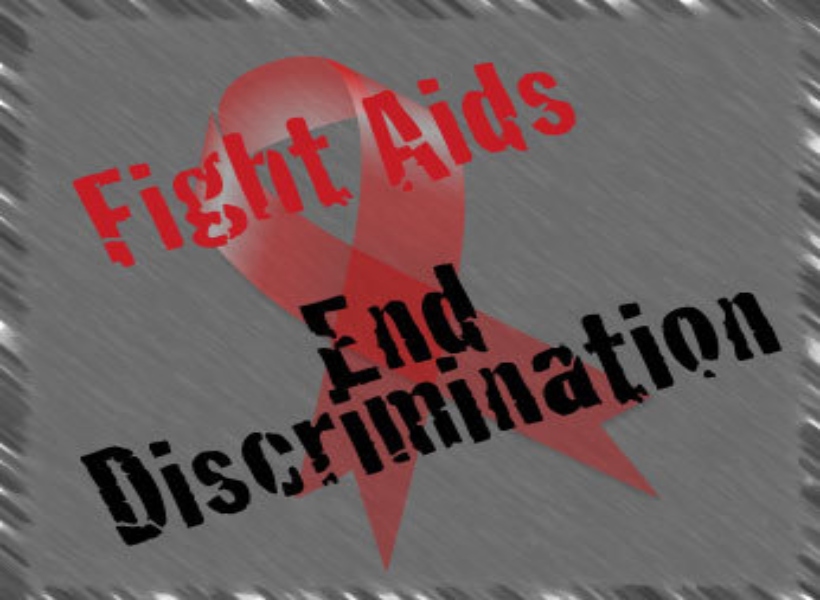Gains have been made against HIV-related stigma and discrimination in many countries but discriminatory attitudes towards people living with HIV remain extremely high. This is according to the recently released UNAIDS’ ‘Global AIDS Update, Communities at the centre’ report.
Moreover, the report underscored that there is an urgency to tackle the underlying structural drivers of inequalities and barriers to HIV prevention and treatment, especially with regard to harmful social norms and laws, stigma and discrimination, and gender-based violence.
It went on to highlight that criminal laws, aggressive law enforcement, harassment, and violence continue to push key populations to the margins of society and deny them access to basic health and social services.
“Discriminatory attitudes towards people living with HIV remain extremely high in far too many countries. Across 26 countries, more than half of respondents expressed discriminatory attitudes towards people living with HIV,” the report highlighted.
However, on a laudable note, the report underscored that AIDS-related deaths continue to decline as access to treatment expands and more progress is made in improving the delivery of HIV/tuberculosis services. Since 2010, AIDS-related deaths have fallen by 33 percent, evident by 770,000 in 2018.
However, it has been established that progress varies across regions. Based on the report, progress is continuing towards the 90–90–90 targets which translates to some 79 percent of people living with HIV knowing their HIV status in 2018, 78 percent who knew their HIV status were accessing treatment and 86 percent of people living with HIV who were accessing treatment were virally suppressed, keeping them alive and well and preventing transmission of the virus.
Meanwhile, it has been found though that more needs to be done to expand access to treatment for children. The estimated 940,000 children (aged 0–14 years) living with HIV globally on antiretroviral therapy in 2018, is almost double the number on treatment in 2010. However, it is far short of the 2018 target of 1.6 million, the report added.












